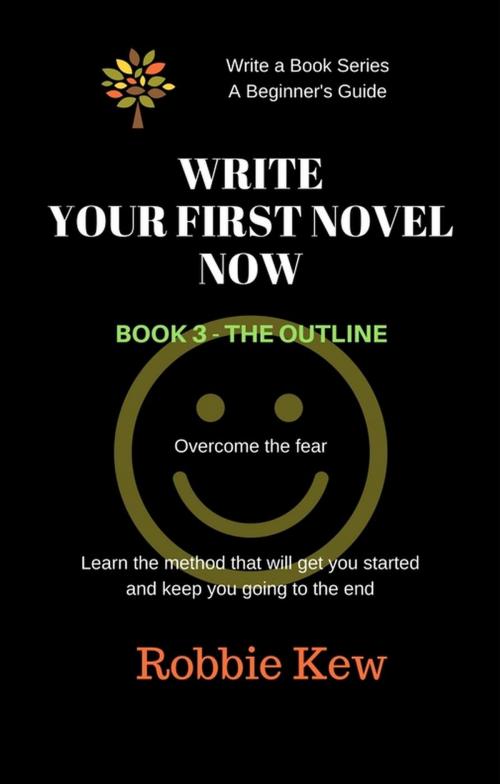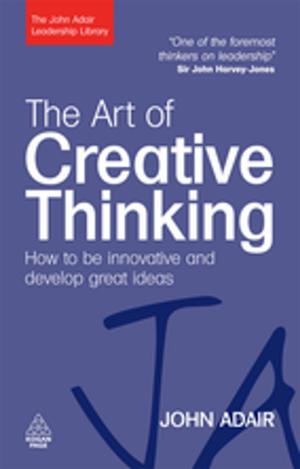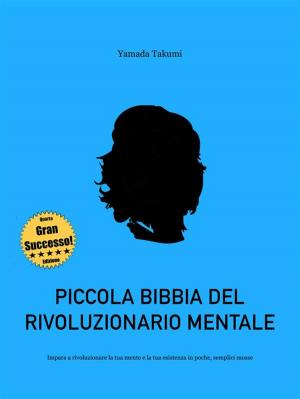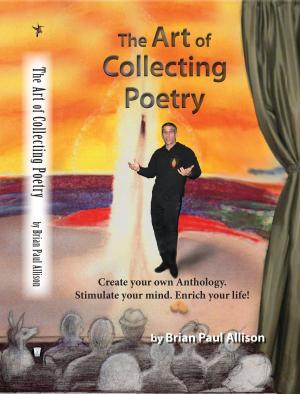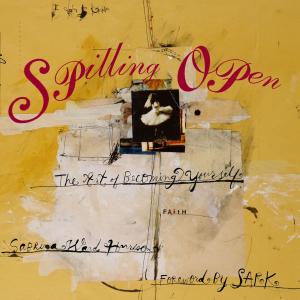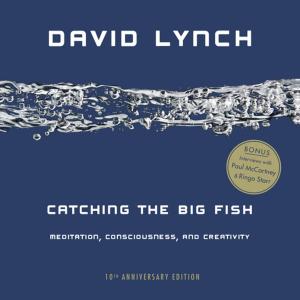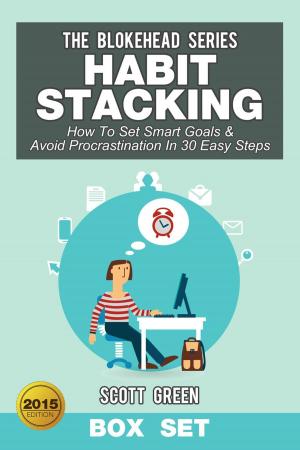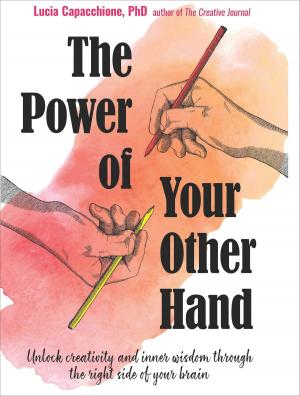Write Your First Novel Now. Book 3 - The Outline
Write A Book Series. A Beginner's Guide, #3
Nonfiction, Reference & Language, Language Arts, Writing & Publishing, Authorship, Health & Well Being, Self Help, Self Improvement, Creativity| Author: | Robbie Kew | ISBN: | 9781540123107 |
| Publisher: | Robbie Kew | Publication: | June 17, 2017 |
| Imprint: | Language: | English |
| Author: | Robbie Kew |
| ISBN: | 9781540123107 |
| Publisher: | Robbie Kew |
| Publication: | June 17, 2017 |
| Imprint: | |
| Language: | English |
Why bother to write an outline?
Many beginners don’t see the need for an outline. So they write Chapter 1 at the top and start. Most don’t get far then, or they do a very ‘beginner’s’ job of what they do write.
The great majority of established authors still write an outline for every new book they attempt. The more books they’ve written, the more they understand the importance of outlining first.
Outlining creates a tool. It is a very valuable tool that will keep you going. And further breaking it down into chapters is an even better tool.
Many new writers start with an idea for a book and end with a short story. An idea alone is not enough. Writing an outline in the way described in Book 1 of this series, develops your story. It turns your idea into something much more detailed. It gradually grows your idea into a complex series of events that turn your idea, and your short story, into a real book length story.
Writing a book is a journey. But you will get lost if you don’t know where you are going.
Why bother to write an outline?
Many beginners don’t see the need for an outline. So they write Chapter 1 at the top and start. Most don’t get far then, or they do a very ‘beginner’s’ job of what they do write.
The great majority of established authors still write an outline for every new book they attempt. The more books they’ve written, the more they understand the importance of outlining first.
Outlining creates a tool. It is a very valuable tool that will keep you going. And further breaking it down into chapters is an even better tool.
Many new writers start with an idea for a book and end with a short story. An idea alone is not enough. Writing an outline in the way described in Book 1 of this series, develops your story. It turns your idea into something much more detailed. It gradually grows your idea into a complex series of events that turn your idea, and your short story, into a real book length story.
Writing a book is a journey. But you will get lost if you don’t know where you are going.
